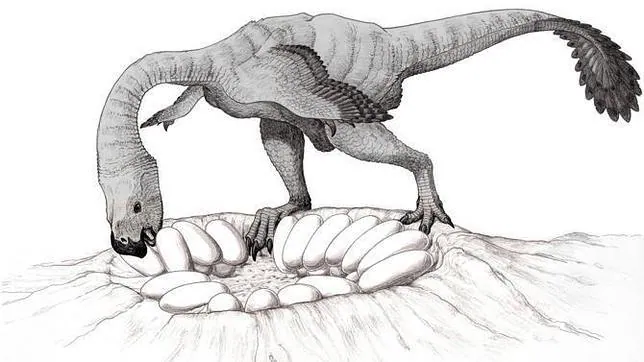The oldest extinct species of tiger known yet has been discovered in China, scientists say.
Although the skull of the more than 2-million-year-old fossil is
smaller than most modern tigers, it appears very similar in shape,
researchers added.
The tiger (Panthera tigris) is one of the largest living catsñ,
a giant predator native to Asia reaching up to 13 feet (4 meters) in
length, including its tail, and weighing up to 660 pounds (300
kilograms). The beast's origins are under intense debate, with
suggestions it arose in north-central China, southern China or northern
Siberia.
Now scientists have discovered a new skull and jaw from an extinct
jaguar-sized tiger in northwestern China dating back 2.16 million to
2.55 million years, predating other known tiger fossils by
up to a half-million years. This represents the oldest complete skull
hitherto found of a pantherine cat — the lineage that includes tigers
and all other living big cats.
"The discovery of the identity of this fossil is vitally important
for providing a greater understanding of the fossil history of big cats
and the relationships between them," said researcher Andrew Kitchener,
principal curator of vertebrate biology at National Museums Scotland in
Edinburgh.
The scientific name for this newfound species is Panthera zdanskyi,
after the late Austrian paleontologist Otto Zdansky, who revealed much
about ancient Chinese fossil carnivores. It was unearthed in 2004 on the
eastern slope of Longdan, a village in Gansu, China, giving it the
informal name of the Longdan tiger. The cat was only recently analyzed
and described in the journal PLoS ONE.
The skull of this extinct cat had robust, well-developed upper canine
fangs and a relatively long nose, details typical of tigers. Although
the size of the skull is comparable with that of the smallest females of
living tiger subspecies, its overall shape suggests it belonged to a
male. Indeed, despite about 2 million years of separation, the skull of
the Longdan tiger appears surprisingly similar to that of modern tigers.
The researchers suggest this extinct cat was a sister species to the
modern tiger. Their analysis argues that the tiger lineage developed
features of its skull and upper teeth early on, while its lower jaw and
teeth evolved at a different rate. A similar pattern of "mosaic
evolution" is seen in the cheetah lineage,
they noted. The evolutionary trend of increasing size in the tiger
lineage is likely coupled its prey evolving larger body sizes, the
researchers added.
"It will be interesting to see whether further fossil big cats are
discovered in China and elsewhere, which expand our knowledge of the
distribution of this species and fill in more gaps in the tiger's fossil
history," Kitchener said. "Confirming a more precise dating of
Panthera zdanskyi would also be invaluable for understanding its position in the tiger's evolutionary timescale."
